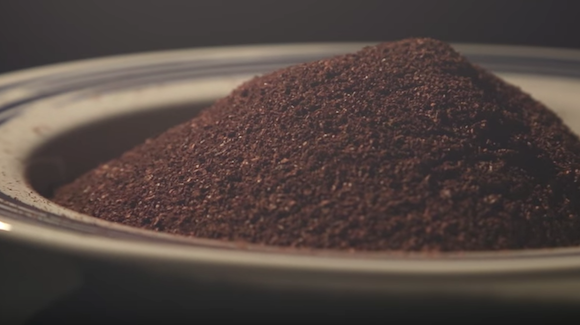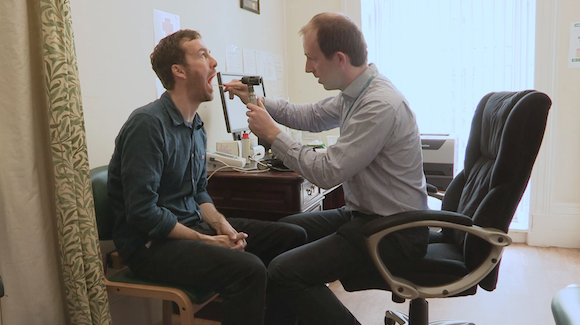NEW YORK (Reuters Health) – In a meta-analysis of studies comparing conventional tonsillectomy techniques with technology-assisted procedures, vessel sealing systems demonstrated advantages in terms of postop pain and bleeding, according to a report in the Archives of Otolaryngology—Head and Neck Surgery for June.
“Well-designed and well-performed RCTs are warranted to further investigate the effectiveness of vessel sealing system techniques for tonsillectomy,” the authors suggest.
However, they found that other newer approaches did not appear to be any better than traditional techniques.
Dr. Vangelis G. Alexiou, with Northampton General Hospital in England, and colleagues note that the number of tonsillectomies declined substantially with the advent of antibiotics, but still there were over 50,000 performed in the English National Health Service in a 2-year period. While several techniques have been introduced aimed at reducing postop morbidity, they point out, “no definite consensus has been reached regarding the optimal technique with the lowest morbidity rates.”
They therefore identified 33 randomized trials involving 3139 patients in which conventional tonsillectomy with cold steel or electrocautery dissection was compared with newer devices. These included vessel sealing systems in which energy is delivered automatically to seal resected tissues, the harmonic scalpel that uses ultrasonic energy to cut and seal simultaneously, and a radiofrequency device (Coblation) that ablates and coagulates tissue using a field of ionized sodium molecules.
Compared to conventional tonsillectomies, those performed with vessel sealing systems had significantly shorter operative times (mean difference, -4.09 minutes), less postoperative bleeding (odds ratio, 0.28), and less pain on the first and seventh days postop, according to the report.
With the harmonic scalpel, perioperative bleeding was significantly less than with conventional tonsillectomy (mean difference, -37.71 mL), but all the other parameters were equivalent, the team reports.
They found no significant differences in any outcomes with use of Coblation compared with conventional tonsillectomy.
“In conclusion, despite its limitations,” Dr. Alexiou and colleagues write, “this meta-analysis provides evidence that the use of Coblation and harmonic scalpel for tonsillectomy is equivalent to the use of the conventional cold steel/electrocautery technique. Surgeon experience, training, and preferences, as well as cost-effectiveness criteria, should be considered.”
On the other hand, they add, “Statistical synthesis of the limited available data regarding vessel sealing systems showed a significant benefit in all studied outcomes.”
Arch Otolaryngol Head Neck Surg 2011;137:558-570.









